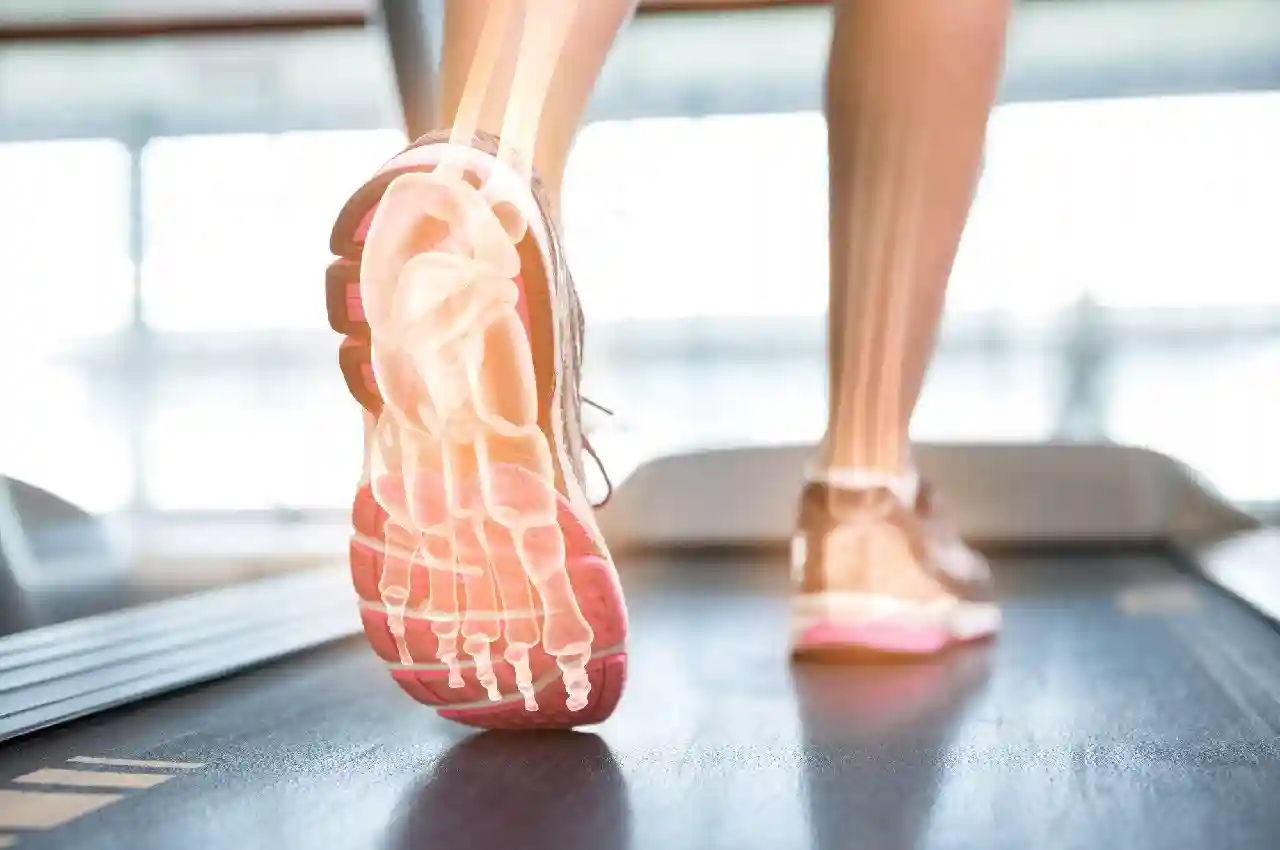NEWS
Factors That Contribute to the Development: Claw Toes vs Hammer Toes

Have you ever wondered about the differences between claw toes vs hammer toes? These common foot deformities affect many people and can cause considerable discomfort.
This blog will explore the key factors that contribute to their development. You’ll discover how genetics, footwear choices, and activity levels can impact your foot health. With our expert guidance, you’ll learn how to prevent and treat these conditions effectively.
Get ready to enhance your knowledge and take steps towards healthier feet. Let’s delve into the world of claw toes vs hammer toes!
Understanding Claw Toes
Claw toes are a foot problem where your toes curl down like a claw. This happens because the muscles and tendons in your toes are not balanced properly, causing the joints to bend weirdly.
Over time, this can make your feet hurt, especially if you wear tight shoes. It’s important to find out early and get treatment to help with the heel pain and stop it from getting worse.
What Causes Claw Toes?
Claw toes can develop due to various reasons, including neurological problems like diabetes and cerebral palsy. These issues can impact the nervous system, causing muscle imbalances and deformities.
Wearing poorly fitting shoes and high heels can make the foot condition worse by putting too much pressure on the toes. Genetics can also be a factor, as some people are more likely to get claw toes because of their inherited foot structure.
Understanding Hammer Toes
Hammer toes are a common toe problem where the middle joint of the toe bends abnormally, making it look like a hammer. This usually affects the second, third, and fourth toes. Like claw toes, hammer toes can be painful and uncomfortable, especially when walking or wearing shoes.
What Causes Hammer Toes?
Hammer toes and claw toes are often caused by similar things. Muscle imbalances, especially in the toe muscles, can cause this problem. Injuries to the foot, arthritis, and tight shoes can also contribute.
Symptoms and Diagnosis
Claw toes and hammer toes have similar symptoms like visible toe deformities, pain, and trouble finding comfortable orthopedic shoes. Corns and calluses can form due to friction and pressure, making it more uncomfortable. Doctors diagnose these conditions by looking at your toes and taking X-rays to see how bad the deformity is.
Treatment Options
There are different ways to treat claw toes and hammer toes. You can try simple methods like physical therapy, exercises to make your toe muscles stronger and more flexible, or use special splints and orthotic devices.
Changing footwear to more comfortable and supportive options, such as orthopedic shoes in Bakersfield, CA, can also provide relief. In severe cases, surgery may be necessary to correct the deformity and alleviate foot pain.
Prevention and Management
To stop claw toes and hammer toes, take care of your feet and wear the right shoes. Stretch and exercise your toes often to keep them flexible. Choose shoes with enough space for your toes and good support.
Key Differences Between Claw Toes vs Hammer Toes
To effectively prevent and treat claw toes vs hammer toes, you need to know the main differences between the two. Both conditions are caused by muscle imbalances and wearing the wrong shoes, and they can be very painful.
Early diagnosis is very important for controlling symptoms. Treatments that don’t involve surgery can work very well.
In the worst cases, though, surgery may be needed. In the end, the best way to avoid getting claw toes or hammer toes is to keep your feet healthy.
Did you like this guide? Great! Please browse our website for more!
Having completed my education in English, I’ve cultivated a successful career as a content writer. My tenure includes valued collaborations with distinguished professional organizations, reflecting my commitment to producing high-quality content.
Contact me on this mail: [email protected]










